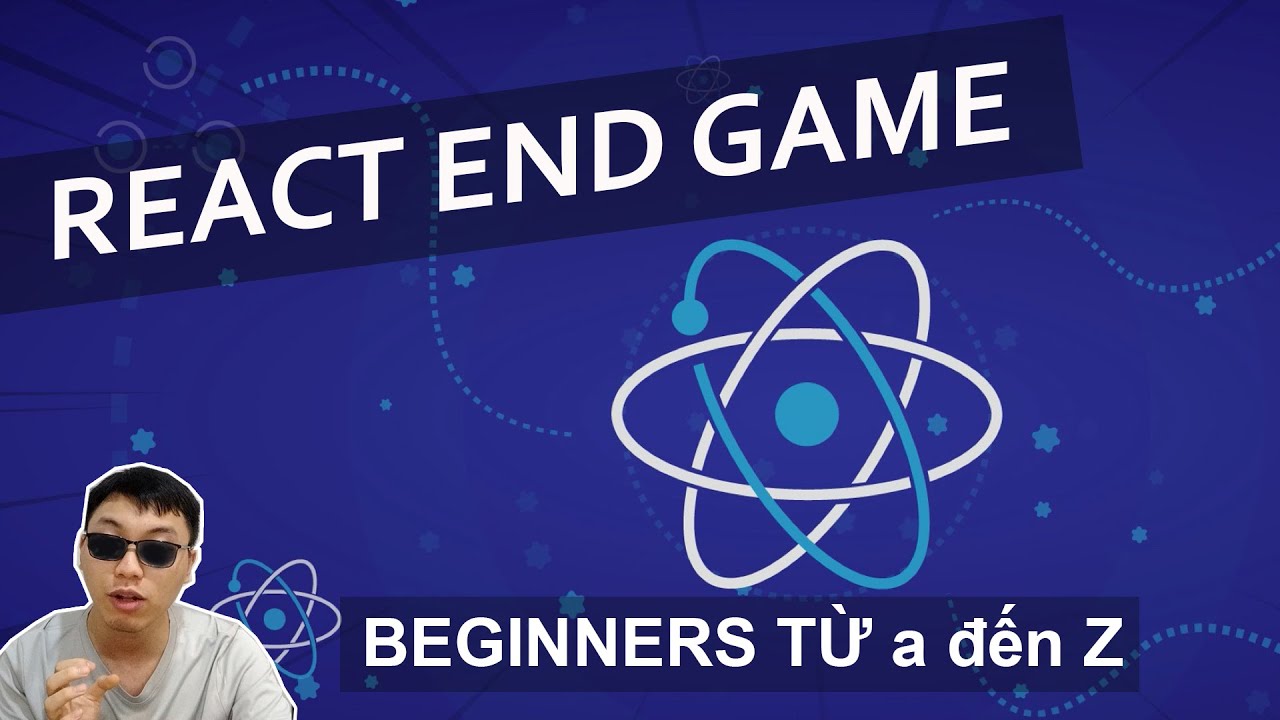UNIT 1: LANGUAGE AND COMMUNICATION, LESSON 1: THE NATURE OF LANGUAGE, Part 1
Summary
TLDRThis video script introduces a course on 'Purposeful Communication Using English in a Multilingual Context.' It covers the nature of language, types of communication, and communication processes. The script emphasizes the unique human capacity for complex language use, distinguishing it from animal communication. It defines language components such as phonology, syntax, pragmatics, morphology, and semantics, highlighting language's role in social interaction and thought. The importance of language acquisition and the concept of a speech community are also discussed, aiming to deepen understanding of linguistics and communication.
Takeaways
- 📚 The course focuses on 'Purposeful Communication using English in a Multilingual Context', emphasizing the importance of understanding language and communication in various settings.
- 🎯 The first unit is divided into three lessons: the nature of language, types of communication, and the communication processes, principles, and ethics.
- 🤔 The instructor prompts students to define language in their own words and discuss its importance and use, encouraging personal reflection and engagement.
- 📝 The definition of language by Medrano and Martin highlights its creation alongside human life, emphasizing the unique human capacity for complex language use in communication.
- 🗣️ Interpersonal communication is identified as the primary form of language use, distinguishing human language from animal communication which lacks the same structured system.
- 🔍 Language is characterized by having a system of rules (grammar), phonology (study of speech sounds), syntax (arrangement of words), pragmatics (practical use in social interaction), morphology (structure and form of words), and semantics (study of meaning).
- 🌐 Language serves as a medium for thought and a tool for social interaction, underlining its role in connecting individuals within a community.
- 👥 A 'speech community' is defined as a group of people who share a common language or dialect and can understand each other, which is central to language acquisition.
- 👶 Language acquisition is portrayed as a natural process where humans develop the ability to perceive, comprehend, and use language for communication, suggesting an innate capacity for language learning.
- 📖 The script provides a comprehensive overview of language components and encourages active participation from students, fostering a deeper understanding of communication in a multilingual world.
- 📝 The importance of following a specific format when posting answers is emphasized, indicating the structured approach the course takes towards student engagement and assessment.
Q & A
What is the main topic of the video script?
-The main topic of the video script is 'Purposive Communication Using English in a Multilingual Context', focusing on the nature of language, types of communication, and communication processes, principles, and ethics.
What are the three lessons that compose the unit on language and communication?
-The three lessons are: Lesson one - The Nature of Language, Lesson two - The Types of Communication, and Lesson three - The Communication Processes, Principles, and Ethics.
What is the first learning outcome for Lesson One on the nature of language?
-The first learning outcome is to demonstrate an understanding of the key concepts in language and communication.
How does the instructor ask students to respond to the question about the definition of language?
-The instructor asks students to provide their own perspective on what language is, its importance, and why we use it, in one to two sentences, and to post their answer in the comment section within two days.
According to Medrano and Martin, what is language?
-Language, according to Medrano and Martin, is a wonderful and dynamic human capacity created alongside human life, which allows humans to use complex language for communication, constructing and maintaining our social world.
What is interpersonal communication?
-Interpersonal communication is the act of having a conversation with another person, either virtually or in person, which is how we learn and use language.
Why is it said that only humans are capable of producing language?
-Only humans are capable of producing language because unlike animal communication, humans can organize sounds into a meaningful system with rules, creating complex language structures.
What are the five key aspects of language according to linguists?
-The five key aspects are phonology (study of speech sounds), syntax (arrangement of words in sentences), pragmatics (practical use of language in social interaction), morphology (study of structure and form of words), and semantics (study of meaning).
What does the term 'conventional way' refer to in the context of language?
-'Conventional way' refers to what is generally expected by people based on what is common at a specific time in a specific culture.
What is a speech community?
-A speech community is a group of people who use language and can understand each other, sharing the same set of rules in the language system.
What is language acquisition?
-Language acquisition is the process by which humans gain the ability to perceive, comprehend, and produce language, suggesting an innate capacity to learn language that is present from birth.
Outlines

This section is available to paid users only. Please upgrade to access this part.
Upgrade NowMindmap

This section is available to paid users only. Please upgrade to access this part.
Upgrade NowKeywords

This section is available to paid users only. Please upgrade to access this part.
Upgrade NowHighlights

This section is available to paid users only. Please upgrade to access this part.
Upgrade NowTranscripts

This section is available to paid users only. Please upgrade to access this part.
Upgrade NowBrowse More Related Video

УРА! ТОҶИКИСТОН АРАБҲОРО ТИТУ ПОРА КАРД ВА БА ДАВРИ 1/4 НИҲОИ БАРОМАД! | ТОҶИКИСТОН 1-1 АМОРАТ

Inglês - Aula 01 - Ensino Fundamental

PDD UKTPT Bidang Pengajaran Ainul Addinna, S.Pd., M.Pd

Germanistische Linguistik "RGL" mit Prof. Dr. Britt-Marie Schuster und Prof. Dr. Noah Bubenhofer

Lecture 01: Basic Principles in Taxation. Definition. Aspect. Purpose. Objective. [Income Taxation]

Demo Khóa Học React Hook - Những Kiến Thức Về React.JS Cho Beginners
5.0 / 5 (0 votes)